
Plum Tree: Planting, Pruning and Care
for abundant harvests
Contents
The plum tree (Prunus domestica) is a fruit tree with stunning flowering followed by abundant harvests. Depending on the variety, it will provide you with delicious plums, damsons, mirabelles or greengages. Discover our advice for planting it well in the garden or orchard, pruning and providing the necessary care.
Where to plant the plum tree?
Easy to grow, the plum tree thrives in the garden or orchard in a sunny spot sheltered from strong winds.
Hardy and drought-resistant, it is not fussy about soil type, though it dislikes heavy, waterlogged soils.
There are dwarf varieties available, such as the Goldust® plum tree. These plum trees can be grown in the ground or in pots, making them ideal for small gardens, patios or balconies.
Moreover, plum trees are generally self-fertile. With a few exceptions, another variety is not strictly necessary, though planting one can help optimise fruit production.
When and how to plant?
The plum trees are ideally planted between October and March, avoiding frost periods. Trees sold in containers can be planted all year round, except during extreme heat or frost.
Plum trees thrive in light, well-drained and rich soils, slightly acidic.
To plant:
- Loosen the soil deeply, remove stones and unwanted weeds.
- Add some gravel to improve drainage.
- Dig a wide planting hole at least 3 times the size of the root ball. Keep the subsoil and topsoil separate.
- Mix crushed horn and organic matter (compost, potting soil…) with the subsoil and place this mixture at the bottom of the planting hole.
- Install a stake, place the root ball and cover with topsoil without burying the graft union.
- Create a basin around the base and water generously. Secure the stake to the young plant with a figure-8 tie, avoiding contact with the trunk.
Discover other Plum Trees
View all →Available in 1 sizes
Available in 1 sizes
Available in 1 sizes
Available in 1 sizes
Available in 1 sizes
Available in 1 sizes
Available in 2 sizes
Available in 2 sizes
Available in 1 sizes
Discover other Plum Trees
View all →Available in 1 sizes
Available in 1 sizes
Available in 1 sizes
Available in 1 sizes
Available in 1 sizes
Available in 1 sizes
Available in 2 sizes
Available in 2 sizes
Available in 1 sizes
Care requirements, diseases
After planting, water your plum tree regularly during the first two or three years, then only during periods of intense heat. Mulch around the base to retain moisture in summer.
Plum trees can be susceptible to several diseases or parasitic issues. To prevent rust (yellowish-green spots on the leaves, brown underneath), brown rot (brown decay on fruits) and canker (cracks on the trunk and branches), spray preventatively with Bordeaux mixture and horsetail decoctions. In case of aphid infestation, spray a mixture of water and black soap.
Pruning the plum tree
Prune plum trees every 3 to 4 years, in early autumn (after leaf fall) or alternatively in winter, avoiding frost periods.
To do this:
- Remove any suckers growing at the base of the tree and water shoots developing on the trunk if necessary.
- Cut away dead or broken branches, as well as those that are crossing.
- Trim twigs and some inner branches to allow air and light to circulate through the medium.
- Prune branch tips above an outward-facing bud. Coat pruning wounds with a clay-based sealant.
- Subscribe!
- Contents


































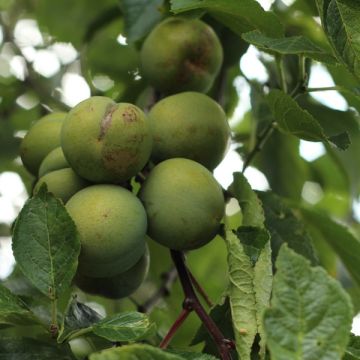
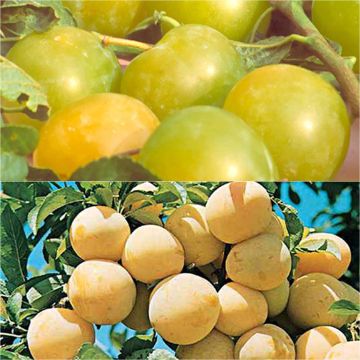
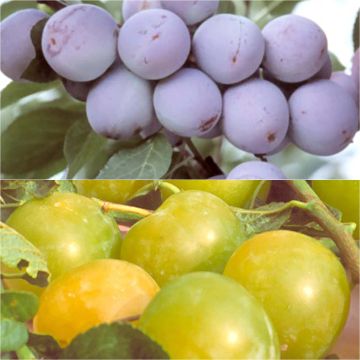
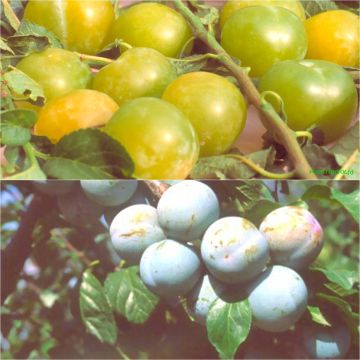
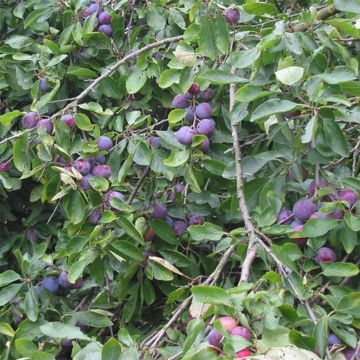
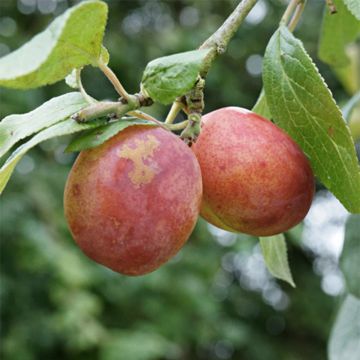
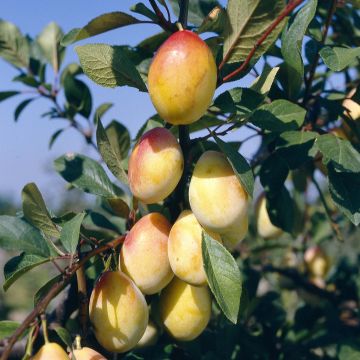

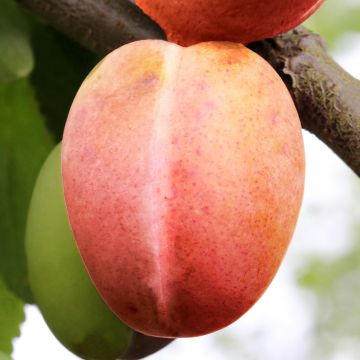
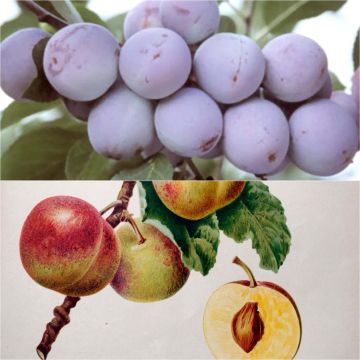
Comments